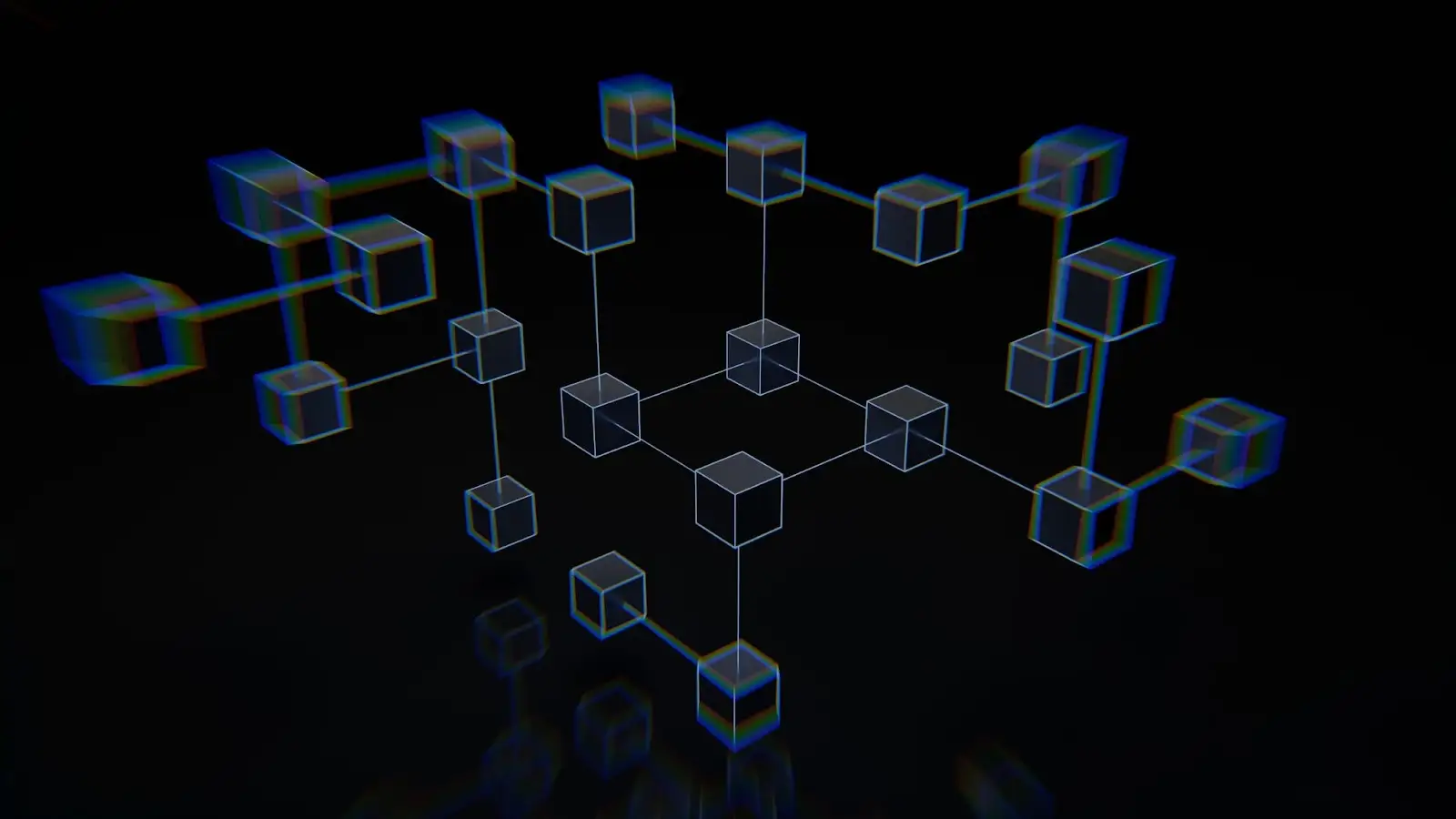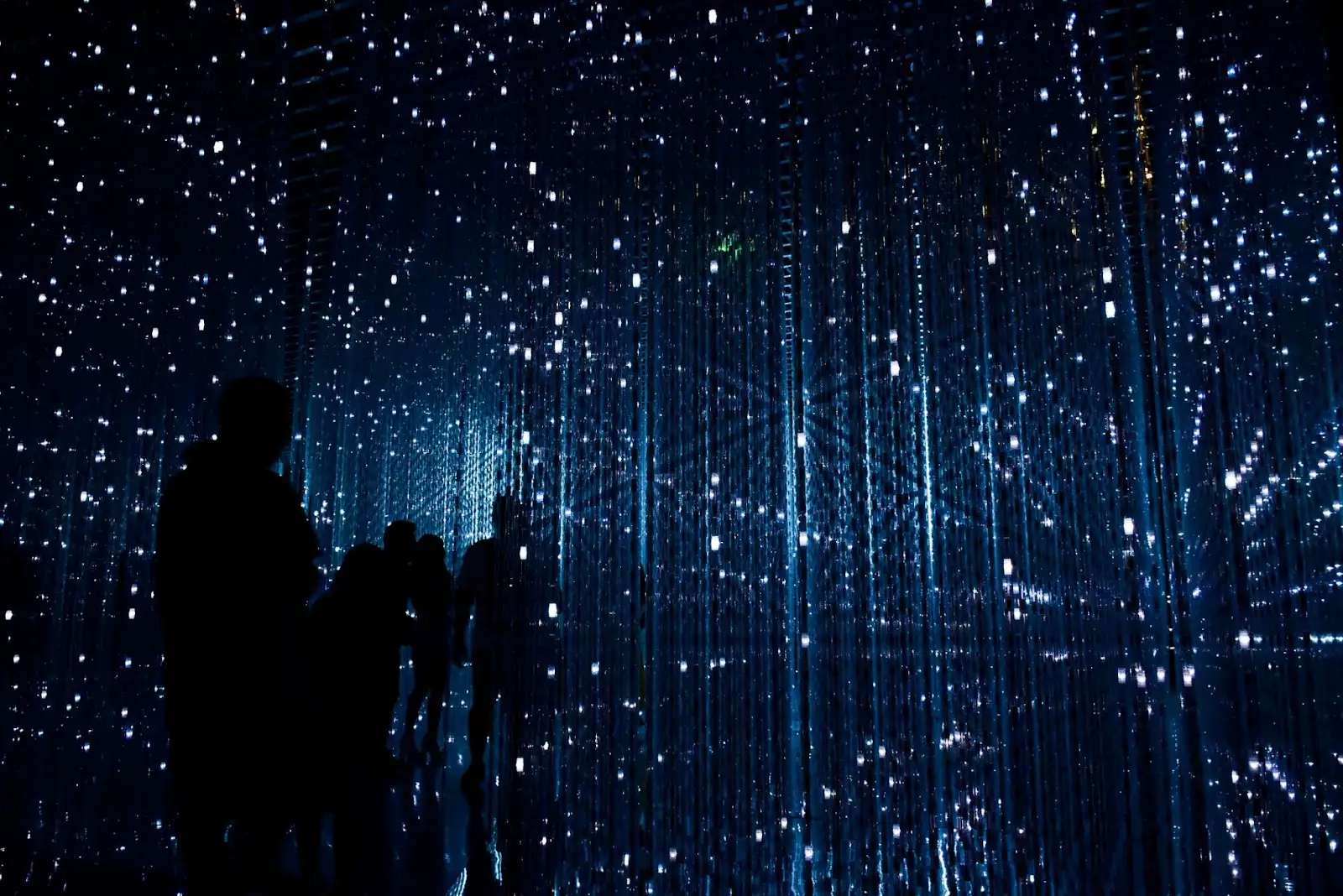Unless you've been sleeping under a rock for the last 3 years, you'll know that NFTs are (apparently) the new way to get 'in' on the art scene. Pictures of gorillas and sleeping cats sell for wild sums of money with buyers hoping to make a lucrative investment to add to their portfolio.
In the world of music, many artists have also elbowed in on the action, leading to a growth in the number (and value) of music NFTs. Hey, if it's good enough for the Kings Of Leon why not?
But what exactly are music NFTs, how do you create them, and what are the benefits for artists who embrace the wild west that is the music nft space?
We'll be looking at all of this and more in this article. To start with let's cover some of the basics...
What is an NFT?
NFT is an acronym for 'non fungible token'. The word 'fungible' has no connection to the mushroom world (sorry fungi), but is instead a term that is used in legal and economic contexts to refer to things that can be exchanged for something of the same kind, or value.
An easy example to grasp is cash. A $50 bill is going to be worth the same as any other $50 bill. Likewise if you swapped a $50 for two $20s and a $10, you'd end up with the same value in your hands.
On the other hand, something that is non-fungible is unique and can't be replaced. The original oil painting of Van Gogh's 'Starry Night' is non-fungible. The 2-inch tape masters of 'Abbey Road' are non-fungible. If you want to go to extremes, Nickelback is non-fungible (but also they probably shouldn't be replaced).
Non fungible tokens, or NFTs, are digital certificates that provide proof of ownership of a unique asset, all secured by blockchain technology. This technology ensures that while the NFT itself can be bought, sold, or replicated, it can't be replaced.
Are NFTs All About Art?
Actually, no. While there's been a lot of publicity about digital art NFTs selling for staggering sums of money, NFTs can actually be any digital asset, such as digital images, videos, audio files, or or even tweets. NFTs can even represent real-world items, like concert tickets, or a house.
The point is, non fungible tokens are a unique commodity and can therefore increase in value over time. And because they're secured by the almighty blockchain, they can't be fraudulently reproduced.
What Is Blockchain Technology?

Blockchain technology is like a digital ledger containing a list of transactions for a specific item, including who owned it, and how much they paid for it.
What makes it special is that the technology is decentralized and verifies transactions across a network of computers, making it less susceptible to fraud, and (perhaps more importantly) cutting out the need for a middle man.
Once an NFT is created, it is given a unique identifier linked to a specific blockchain address. Even if multiple NFTs of the same item are made, each one has a unique identifier and is therefore irreplaceable.
In short, once a blockchain has been set up it can't be stopped, and is resistant to any kind of nefarious tampering.
How Are NFTs Used in the Music Industry?
Since pretty much anything can be 'minted' into a token, music NFTs can represent:
- albums
- a song
- music videos
- concert tickets
- related artwork
- other special perks, such as VIP access to the artist at live shows
- beats made by producers for artists to re-use
Some artists even use music NFTs to raise money for upcoming music projects. Working in much the same way as crowdfunding, this is slightly more risky for fans as there's no 'tangible' product attached to the investment.
Examples of Music NFTs
Here's three high-profile examples of music NFTs in action:
Kings of Leon
Seminal Tennessee rockers Kings of Leon became the first band to release a full album as a music NFT in 2021. They created two sets of NFTs, including a special album package of When You See Yourself, cleverly marketed as NFT Yourself . In addition to the digital download, buyers were treated to a limited edition vinyl copy of the album, and collectible digital artwork.
The second NFT as part of the album release was a lifetime ticket to the bands shows - front row seats, no less. While 18 were minted, only six were made available at the time.
The proceeds from the sale of these music NFTS went to support Live Nation's Crew Nation fund, supporting live music crews during the pandemic.
Steve Aoki
DJ and producer Steve Aoki was an early adopter of the music NFT universe. Rather than simply releasing music as an NFT album, Steve has created a whole ecosystem where fans have a more direct relationship with the artist, including free tickets and special performances.
3LAU
Justin Blau is a business school dropout turned DJ. Best known for his stage name 3LAU, he made one of the biggest NFT sales in history, raising over $11 million at an auction selling off only 33 NFTs to mark the 3 year anniversary of his Ultraviolet album. These included vinyl records, access to unheard music, custom art, and new versions of the original tracks from the album.
Why Use Music NFTs?
Good question. Surely it's easier to just release your album on Spotify, tell your fans about it, and hope for the best?
Yes, that's true. It's never been easier to release music, and using playlisting services can help you reach a wider audience. But the royalty payout from streaming services is ridiculously low. 1,000 streams of your latest track will net you somewhere in the region of $4 for your efforts.
On the other hand, if 1,000 people bought one NFT of yours for $1... you do the math.
Furthermore, by utilizing music NFTs, artists can build a community around their fan base and be the master of their own career.
By creating music NFT projects artists can connect directly with their fans and reward them for their loyalty with exclusive content. Fans can use a music NFT collection from an artist to frame their in-person and digital identities, way more than simply liking an Instagram post, or following an artist on Spotify.
And all this without the need for a record label.
We're Only In It For The Money
Another benefit of music NFTs is that the originating artist gets paid each time an NFT collection is sold. In the before times of cassette tapes, CDs, and vinyl records if someone sold an album they'd keep all the moolah for themselves.
With on-chain music NFTs there's accountability for each and every resale, and thanks to something called a smart contract, a portion of the proceeds goes back into the originating artists' (digital) wallet.
Fans may also want to hold on to an NFT in case it increases in value. As with any investment there's a certain amount of risk involved here.
But folks are treating NFTs like real-life art collectibles, investing in them with the hopes of boosting their asset portfolio.
How To Start Creating Music NFTs
You already know how to create music, and make album art ( if you don't, you should ). But before you begin to sell music NFTs, take some time to browse around other artists' music NFT projects. Get a feel for what's being offered, and make sure you understand the mechanics of how music NFTs work.
Choose a Music NFT Platform
The next step is to combine your music with a blockchain to create a unique token. For this you'll need to choose a music NFT platform and create an account.
Some popular platforms for buying and selling music NFTs include:
- Opensea
- SuperRare
- Nifty Gateway
- Mintable
- Enjin Marketplace
Take a look around these sites to see if they're a good fit for your vibe. You may need to connect your digital wallet to browse the tokens already on chain.
Note that whatever platform you choose will dictate the blockchain platform you use. Ethereum (or Ether) is the most commonly used cryptocurrency for NFTs.
Load Up Your Digital Wallet
Before you can create music NFTs you'll need to set up a digital wallet to store your cryptocurrency and NFTs.
You'll also need to add some crypto moolah to your digital wallet in order to cover 'gas fees' - the costs involved in turning your music into an NFT.
Mint Your NFT
Now you're all set to turn your music into a token. The process itself is called 'minting'.
All NFT platforms will have their own instructions on how to upload your music and tokenize it, including how to add metadata, a description, and setting the royalty rate for resales.
When choosing which song (or songs) to include as part of your collection think about what would make it unique to potential buyers, and be sure to include artwork.
You can choose a fixed price for your collection, or have an auction for it.
Finally, decide if this collection is going to be a one of one edition (i.e. there's only one in existence, and it's a totally unique asset), or if there'll be multiple copies available.
Promote It!
Music NFTs work in the same way as any other part of the music business; you're going to need to promote your latest endeavor.
Use the socials and your website, and don't forget to stay active and interact with your NFT community too.
Disadvantages of Music NFTs
One of the main disadvantages of creating an NFT are the costs involved. Gas fees can vary depending on the blockchain you use, and you could end up paying more in fees than you get back in sales.
Something else to take into consideration is the environmental impact. Minting NFTs, and maintaining them on a blockchain uses a large amount of energy. This has led to concern over the carbon footprint associated with minting and trading NFTs.
The Future Of Music NFTs

Music NFTs represent the wild west of the music industry - a shiny new thing. And as with any shiny new thing, it should be taken with a pinch of salt.
We all hear stories about how a previously unknown musician or artist sold their album, or digital art, for a crap ton of money as an NFT. And while this is fantastic for them, there's no guarantee the music NFT marketplace will become a viable resource for the up and coming artist of tomorrow.
On the other hand, it could change the face of the music industry forever - and about time too. Record labels haven't always (ever?) been favorable to artists, and this new technology may be a big disruptor to the music industry. Perhaps record deals will become a thing of the past. Perhaps not.
Either way, it's worth knowing about the NFT market and how it can be used by musicians.
I think the best advice can be taken from Mora, aka Spottie Wifi, who suggests observing, learning, and getting familiar with music NFTs. Listen to what's happening in the NFT music world, and from there understand what you can do with it.
It's a brave new world; go forth and maketh the music NFT.





